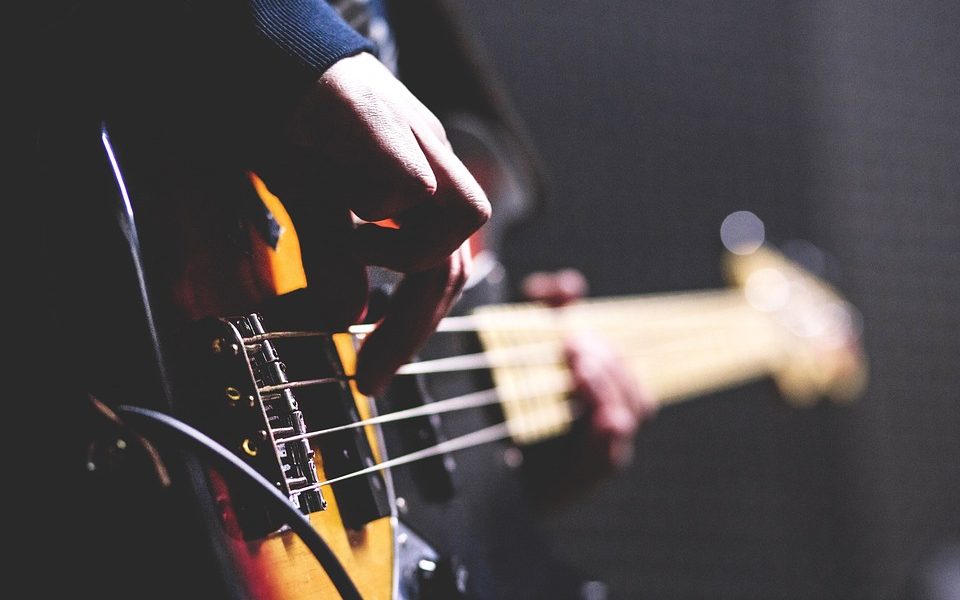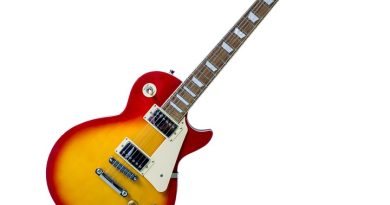Unlock Your Rhythm Potential: Essential Guitar Tips for Developing Better Timing
Unlock Your Rhythm Potential: Essential Guitar Tips for Developing Better Timing
As a guitarist, one of the most important skills you can develop is your sense of rhythm. Having a strong, consistent sense of timing not only allows you to play with precision and accuracy, but it also helps you to connect with your audience on a deeper level. Whether you’re a beginner just starting out or a seasoned pro looking to take your playing to the next level, these essential tips will help you unlock your rhythm potential and develop better timing on the guitar.
Understanding the Basics of Rhythm
Before we dive into specific tips for improving your timing, it’s important to have a solid understanding of the basics of rhythm. Rhythm is the arrangement of sounds and silences in music, and it is what gives music its groove and feel. In guitar playing, rhythm is typically expressed through strumming patterns, fingerpicking techniques, and chord changes.
One of the key elements of rhythm is the concept of timing, which refers to the placement of notes and chords within a given beat or measure. Developing a strong sense of timing involves being able to play with consistent and precise rhythmic accuracy, regardless of the tempo or musical style.
Playing with a Metronome
One of the best tools for developing better timing on the guitar is a metronome. A metronome is a device that produces a steady pulse of beats at a specific tempo, helping you to stay in time as you play. Practicing with a metronome can help you to internalize the rhythm of a song and develop a more consistent sense of timing.
To use a metronome effectively, start by setting it to a tempo that is comfortable for you. Begin by playing along with the metronome, focusing on keeping steady time and playing each note or chord exactly on the beat. As you become more comfortable, gradually increase the tempo to challenge yourself and improve your timing skills.
Focus on Dynamics and Control
In addition to playing with a metronome, it’s important to focus on your dynamics and control when developing better timing on the guitar. Dynamics refer to the volume or intensity of your playing, while control refers to your ability to play with precision and accuracy.
To improve your dynamics, practice playing with a wide range of volumes, from soft and delicate to loud and powerful. Experiment with using different picking techniques, fingerpicking patterns, and strumming styles to create dynamic contrast in your playing.
To improve your control, focus on playing each note or chord with clarity and precision. Pay attention to your hand positioning, finger placement, and overall technique to ensure that you are playing with accuracy and consistency. Practicing scales, arpeggios, and other technical exercises can help you to develop better control and improve your timing on the guitar.
Experiment with Different Time Signatures
Another great way to develop better timing on the guitar is to experiment with different time signatures. Time signatures are a musical notation that indicate the number of beats in a measure and the type of note that receives one beat. By exploring different time signatures, you can expand your rhythmic vocabulary and challenge yourself to play with more diverse and complex rhythms.
Start by practicing in common time signatures, such as 4/4, 3/4, and 6/8, to become familiar with the basics of rhythm and timing. As you become more comfortable, explore more challenging time signatures, such as 5/4, 7/8, and 9/8, to push yourself out of your comfort zone and improve your rhythmic skills.
Jam with Other Musicians
One of the best ways to develop better timing on the guitar is to jam with other musicians. Playing with other musicians allows you to practice your timing in a real-world context, as you must listen to and interact with other players in real time. Jamming with other musicians can also help you to develop your improvisational skills and learn to adjust your playing to different styles and tempos.
When jamming with other musicians, focus on listening to the rhythm and groove of the music, and try to lock in with the other players to create a tight, cohesive sound. Pay attention to how the other musicians are playing, and be open to incorporating their ideas and suggestions into your own playing. Jamming with other musicians is not only a fun and rewarding experience, but it can also help you to develop better timing and rhythm on the guitar.
Conclusion
Developing better timing on the guitar is an essential skill for any guitarist, regardless of their skill level or musical style. By understanding the basics of rhythm, playing with a metronome, focusing on dynamics and control, experimenting with different time signatures, and jamming with other musicians, you can unlock your rhythm potential and take your playing to the next level. With practice, patience, and dedication, you can develop a strong and consistent sense of timing that will enhance your musicality and connect you with your audience in a meaningful way.






